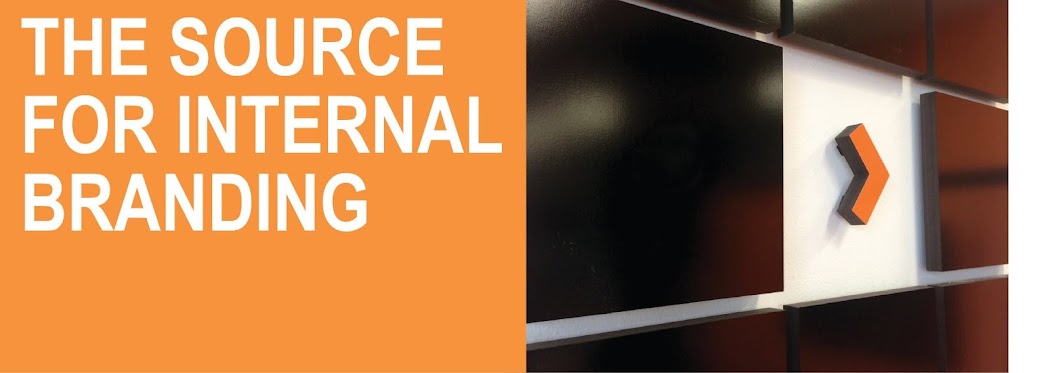One concern we have heard is
that many companies think that only employees who are already interested in
gaming will take to gamification. We’re here to tell you that this is not the
case. Gamification is not just for the Halo
loving twenty-something men around the office, and it has been proven to drive employee engagement. Don’t just take
our word for it though, let us prove it. These following facts were no surprise
to us, but maybe you will find them helpful in your own decision on whether
gamification is right for your organization.
1. More than 70% of the world’s largest companies are expected to have deployed at least one
gamified application by year-end 2014. (Gartner)
2. The overall market
for gamification tools, services, and applications is projected to be $5.5
billion by 2018. (M2 Research)
3. Vendors claim that
gamification can lead to a 100% to 150% pickup in engagement metrics including
unique views, page views, community activities, and time on site. (M2 Research)
4. 63% of American
adults agree that making everyday activities more like a game would make them
more fun and rewarding. (JWTIntelligence)
5. 51% of American
adults agree that if a layer of competition were added to everyday activities,
they’d be more likely to keep closer watch of their behavior in those areas. (JW Intelligence)
While we won’t go as far as to say that we know the
future of gamification will be an overwhelming success, we believe its impact
on businesses is real. If you are interested in learning more about
gamification, visit us at www.inwardconsulting.com.
